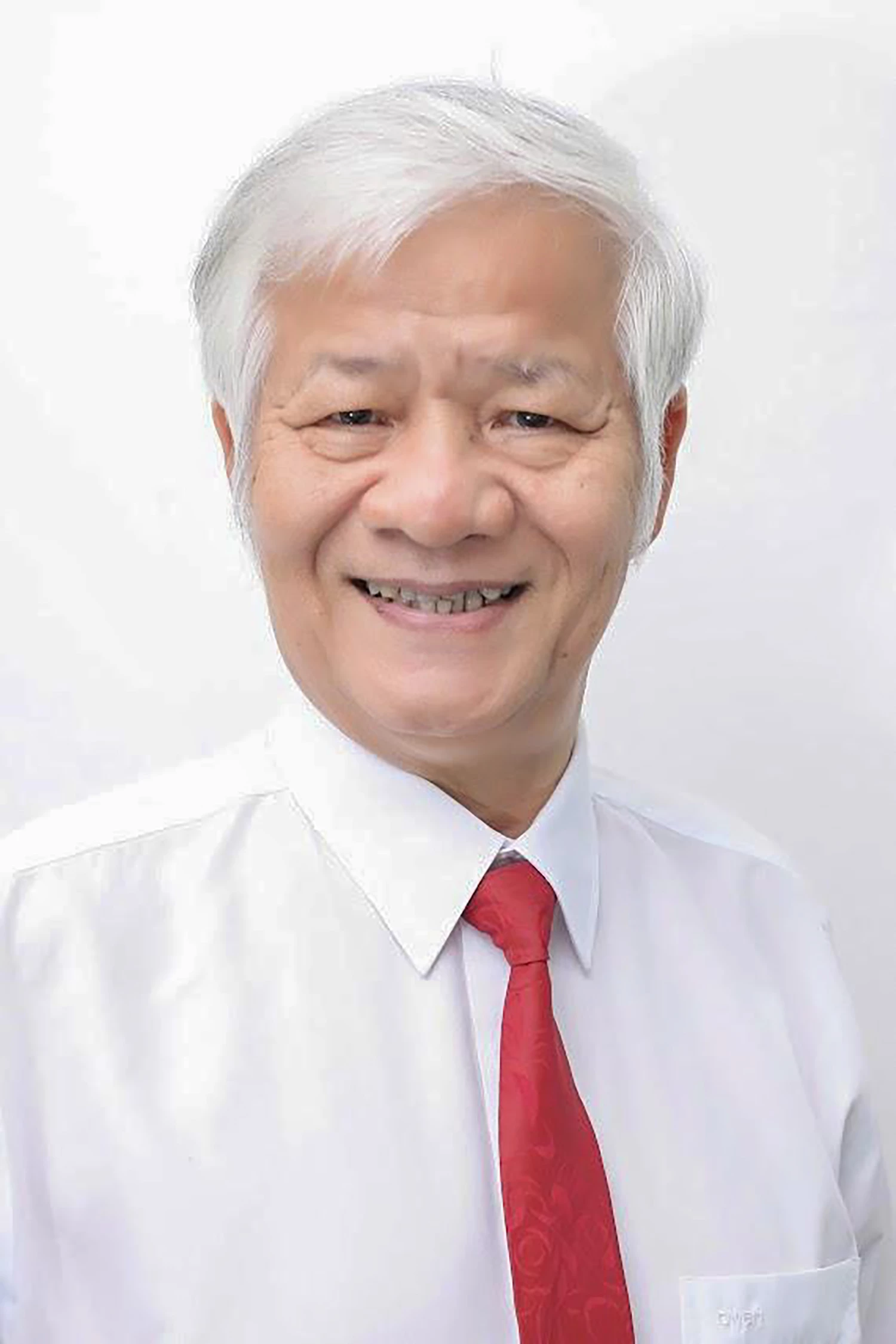 |
| Associate Professor, Dr. Phan Quoc Anh. |
- Many people know Kate as the “Tet” of the Cham people. Can you tell us why a festival is called “Tet” and what is the greatest significance of this festival?
- Kate is essentially a mid-year festival (from June 30 to July 2 according to the Cham calendar) with agricultural beliefs associated with the religion of the Cham people following Brahmanism (Cham Ahier) to worship kings and gods. But over time, it has gone beyond the framework of a normal agricultural festival to become an occasion for reunion, an occasion for Cham people in all regions to turn to their roots and wish the best for a new cycle. This is similar to the meaning of the word "Tet" that we still understand with customs such as: Preparing cakes and fruits; cleaning villages and houses; buying new clothes... Kate Festival has become a festival of the community of a land with the participation of not only Cham Ahier people, but also Cham Awal, Raglai, Kinh and other ethnic groups in Khanh Hoa.
The meaning of the Kate festival is quite clear, it is an occasion for the Cham people to express their deep respect to their ancestors who have contributed to bringing water to the fields, developing agriculture in the dry and windy areas; to thank the gods for blessing nature with favorable weather and good crops. The Kate festival also has great community significance when it connects people, from the sacred space of the temple tower, to the common space of the village and finally the warmth in each family. Through the Kate festival, the village and neighborly relationship is further strengthened, connecting generations and spreading the typical hospitality spirit of the Cham people.
- Can you share which point in Kate's ritual chain impressed you the most?
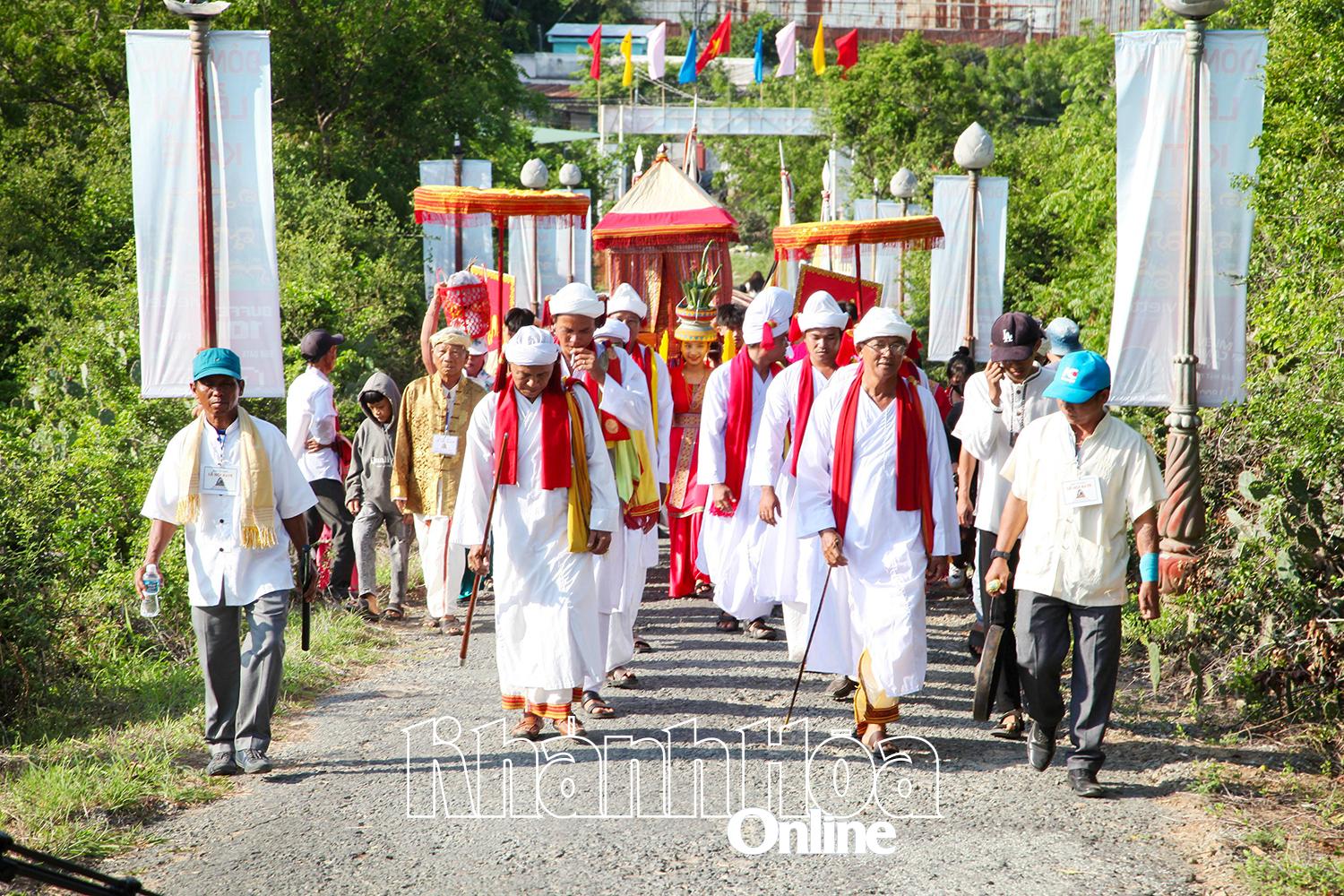 |
| Dignitaries lead the procession in costumes during the Kate festival. Photo: SON NGOC |
- If I were to choose the most typical and impressive ritual in the series of rituals practiced in the Kate festival, I would choose the procession of costumes. This is the opening ritual and contains a very profound layer of cultural and historical meaning. All the royal robes and costumes of the gods in the Cham temples are kept by the Raglai community - a brotherly ethnic group. On the occasion of Kate, the Cham people must make solemn offerings to welcome these sacred costumes from the Raglai back to the temples. This ritual is not only beautiful in form when we witness a colorful procession, but it is also a vivid symbol of the close relationship, trust and common responsibility between ethnic groups in history. Through this ritual, we are reminded that culture does not exist in isolation but is always preserved and transmitted within a larger community network.
Another impressive point is that in the ceremony at the temple gates, there are performances of sacred musical instruments of the Raglai people, the ma la, traditional orchestras and traditional Cham fan dances. This form of folk art performance, which has a strong identity and high artistic value, has been preserved and passed down by the people to this day.
- During the development process, how has the Kate festival changed? In your opinion, what is the biggest challenge facing this festival today?
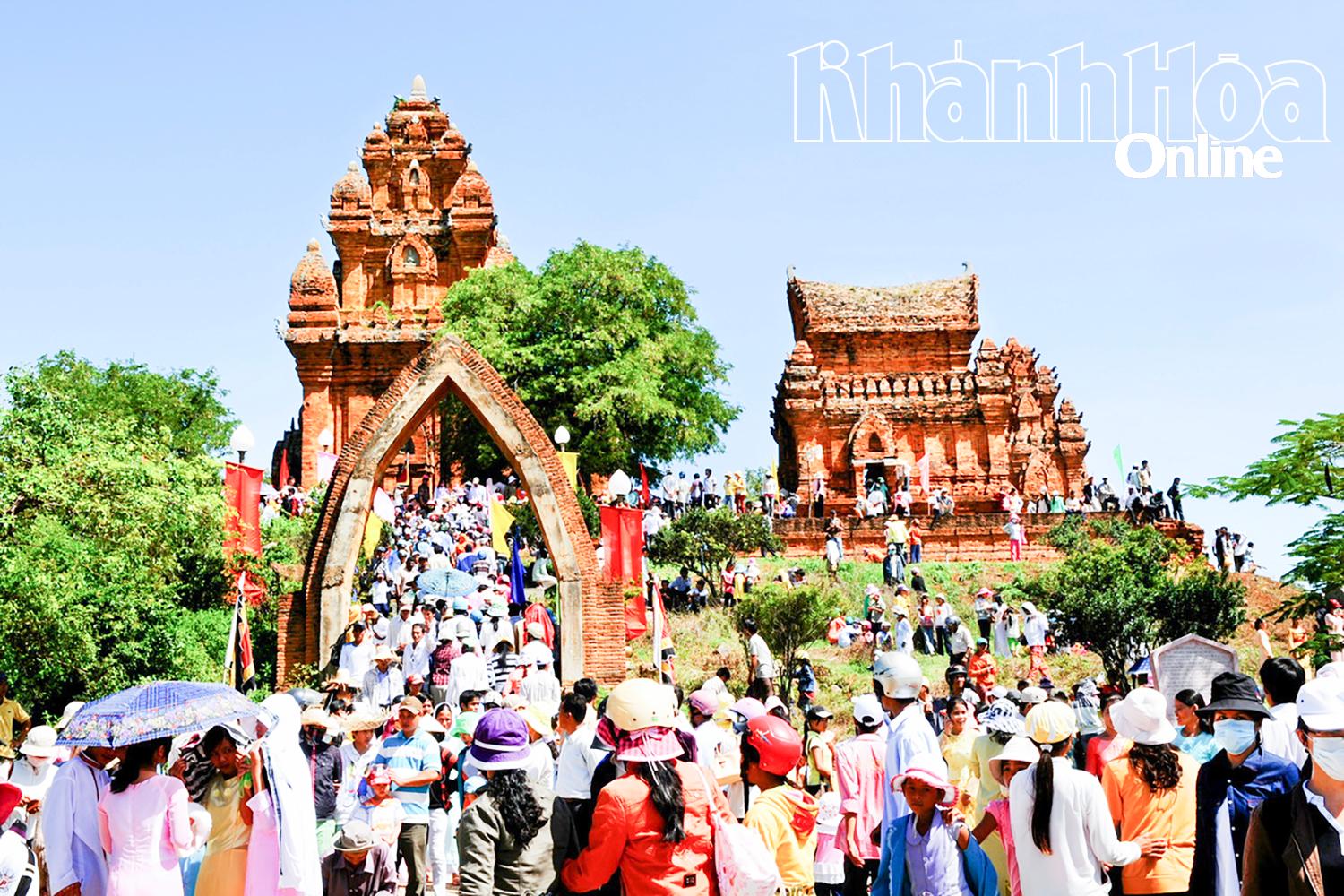 |
| People and tourists attend the Kate festival at Po Klong Garai Tower. Photo: XT |
- The most obvious change is that from an internal festival of purely religious nature, Kate has become a widespread community cultural festival with the participation of other ethnic groups in this land and has gradually become a tourism product attracting domestic and international tourists. The scale of the festival is also increasingly expanding, the festival with rich cultural and sports activities creates great attraction. The attention and support of authorities at all levels over the years is an important factor for the vitality of the festival. I also know that the provincial Department of Culture has a plan to upgrade the Kate festival to a community festival associated with tourism, especially international tourism.
However, we must also frankly admit that the development of the Kate festival also poses many challenges. First of all, maintaining the balance between the ritual and the festival requires skillful behavior, avoiding the festival with its entertaining and lively nature overpowering the sacred space and inherent solemnity of the ritual. Preserving the intact rituals, offerings, sacred space... is something that managers and the community of dignitaries must pay close attention to. Preserving folk festivals in general and the Kate festival in particular is not only about form but more importantly, the consciousness of the community, the belief in festival beliefs, and the desire for harmony of nature that has become community knowledge for generations.
- So, in your opinion, what should the authorities, community and council of dignitaries do to preserve and promote the value of the Kate festival?
- To continue promoting the value of the Kate festival, in my opinion, the community and the council of dignitaries need to be proactive in organizing and assigning tasks to teach standard rituals to the younger generation. The State continues to have supportive policies with orientation, especially in the field of tourism . We can build the Kate festival into a unique and responsible cultural tourism product. This will help promote the image, develop the cultural industry, and create financial resources to nurture the festival itself.
Thank you!
HUMAN HEART (Implementation)
Source: https://baokhanhhoa.vn/van-hoa/202510/giu-gin-phat-huy-gia-tri-cua-le-hoi-kate-0353137/



![[Photo] General Secretary To Lam attends the 95th Anniversary of the Party Central Office's Traditional Day](https://vphoto.vietnam.vn/thumb/1200x675/vietnam/resource/IMAGE/2025/10/18/1760784671836_a1-bnd-4476-1940-jpg.webp)

![[Photo] Closing ceremony of the 18th Congress of Hanoi Party Committee](https://vphoto.vietnam.vn/thumb/1200x675/vietnam/resource/IMAGE/2025/10/17/1760704850107_ndo_br_1-jpg.webp)



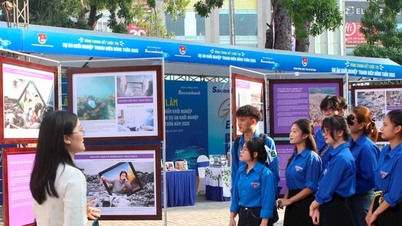

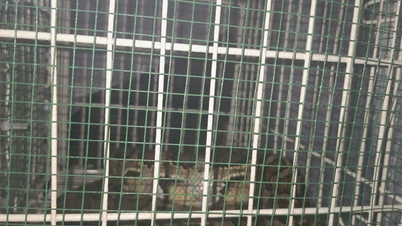
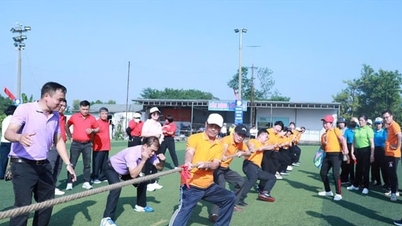

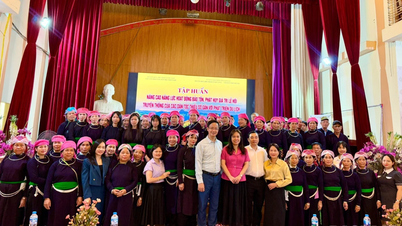





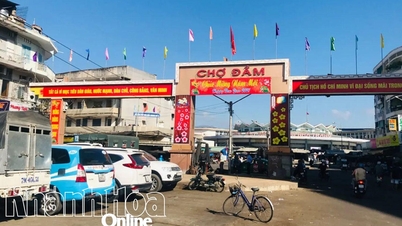
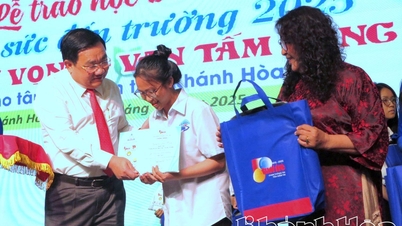
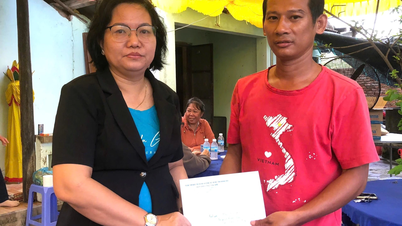
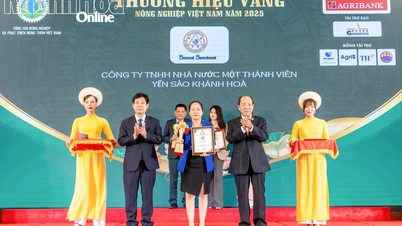
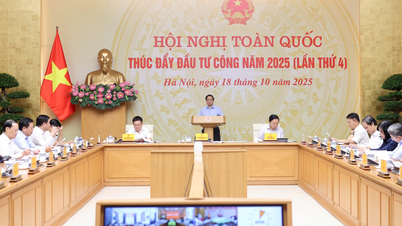

![[Photo] Nhan Dan Newspaper launches “Fatherland in the Heart: The Concert Film”](https://vphoto.vietnam.vn/thumb/1200x675/vietnam/resource/IMAGE/2025/10/16/1760622132545_thiet-ke-chua-co-ten-36-png.webp)








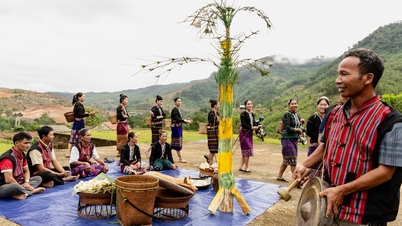







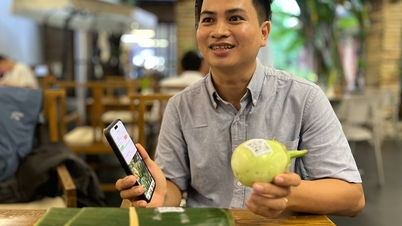


















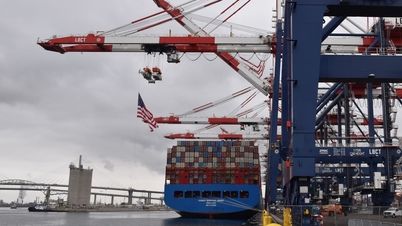
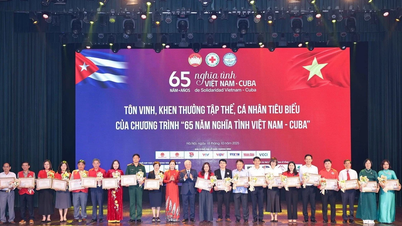

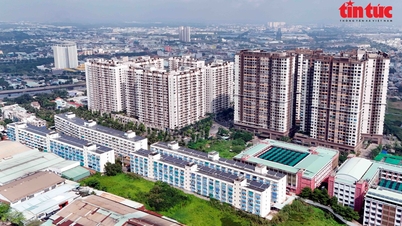
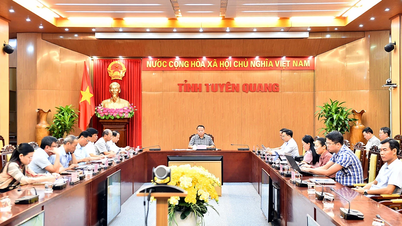

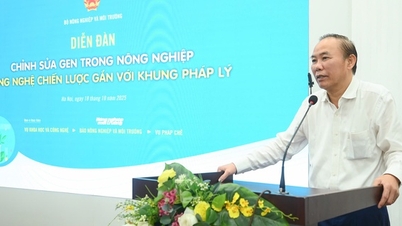










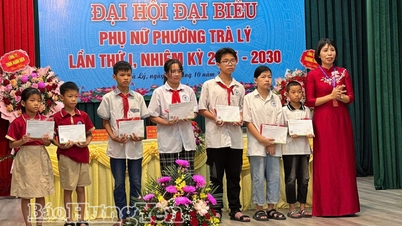

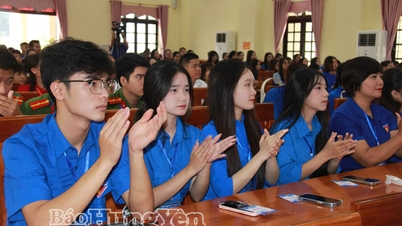
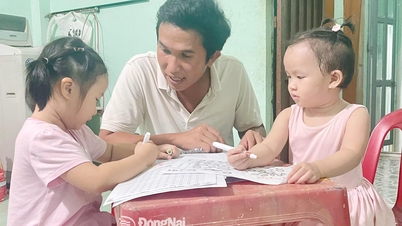

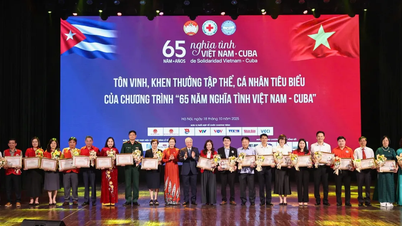

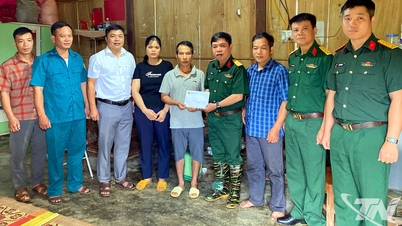

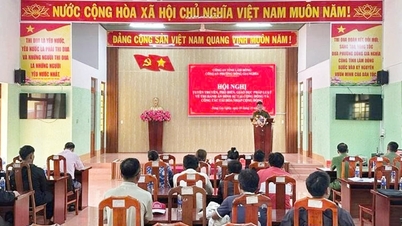

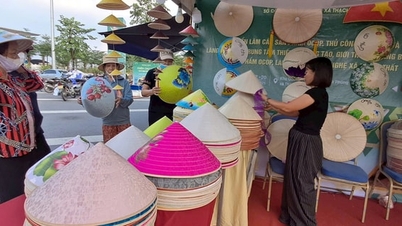









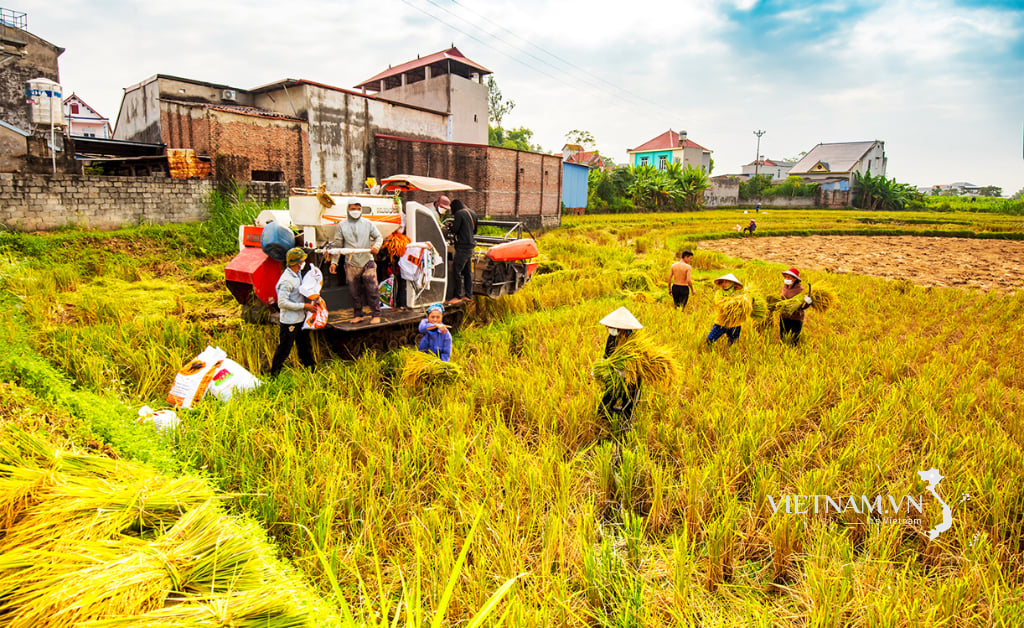

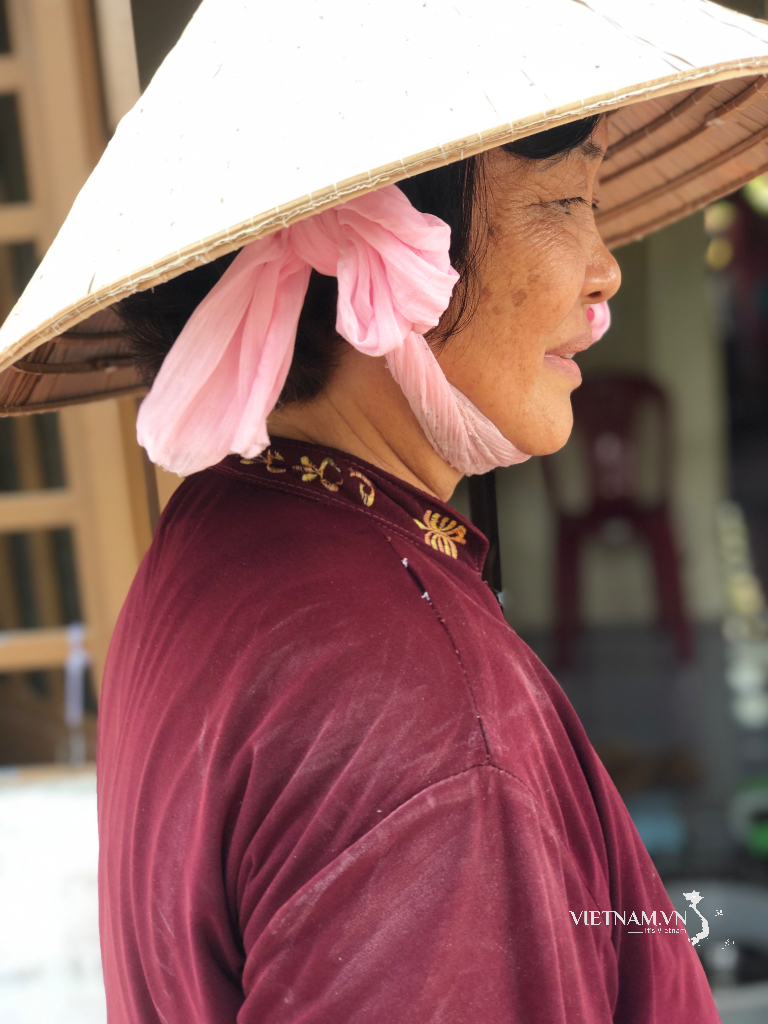
Comment (0)